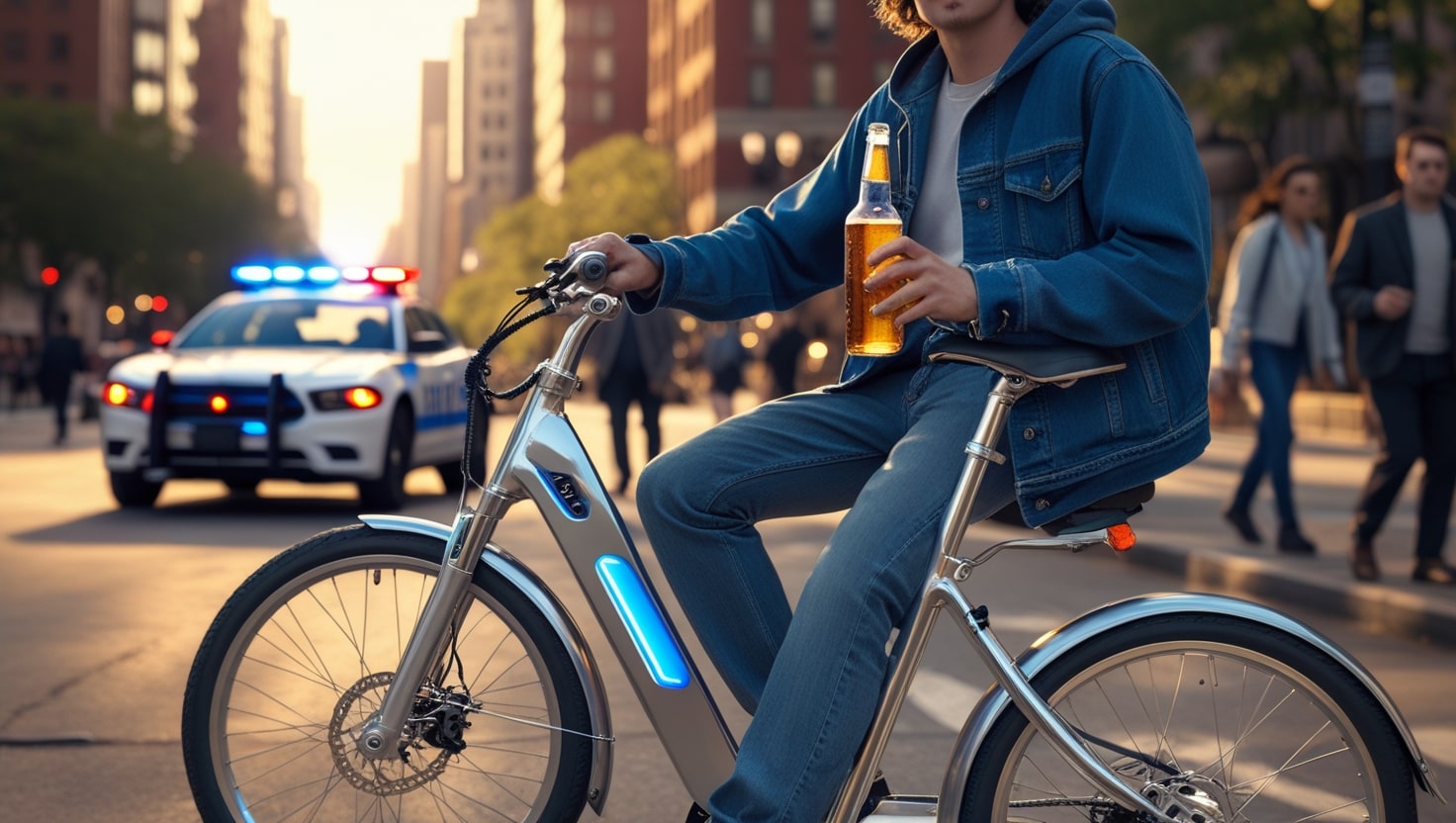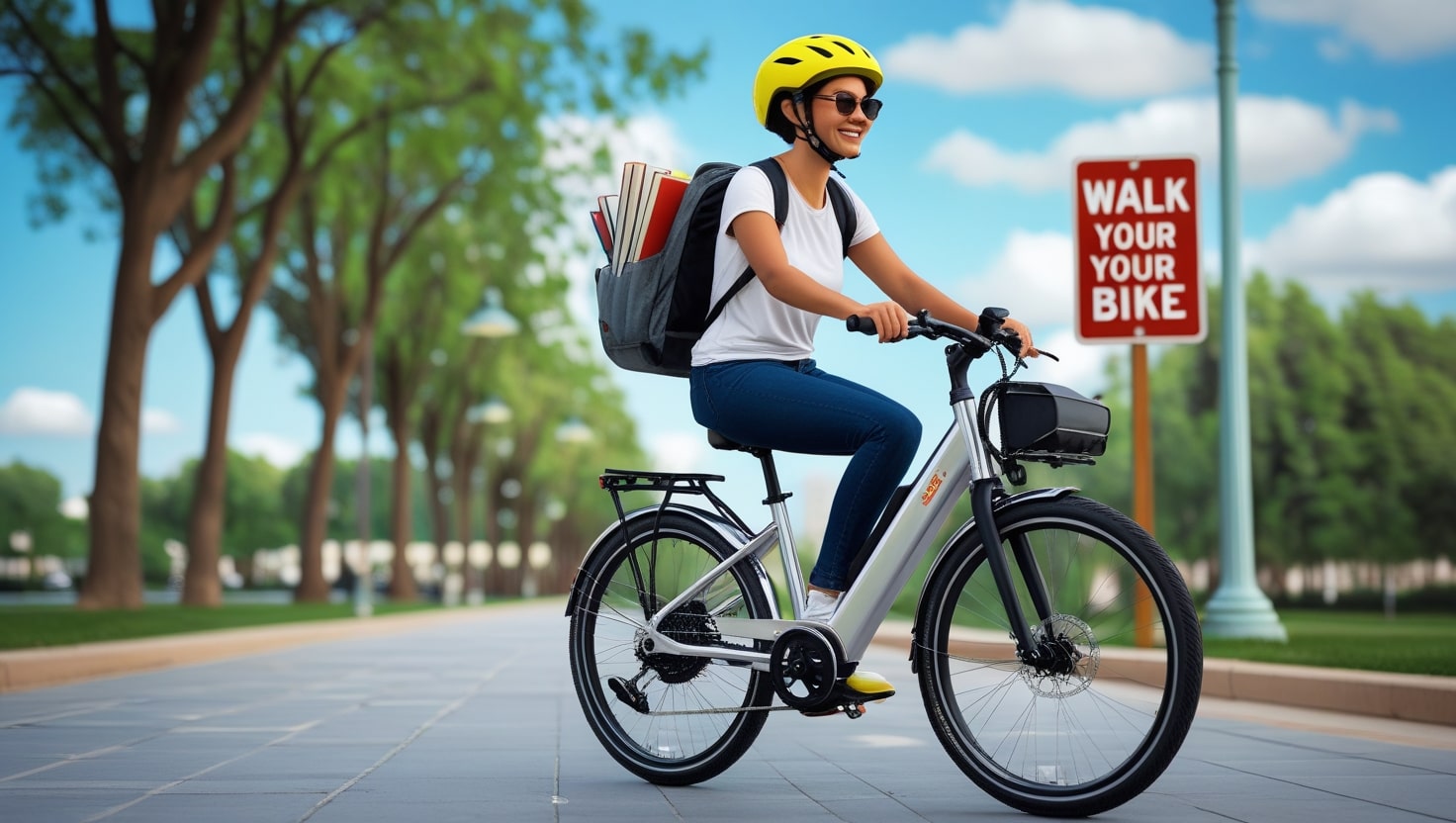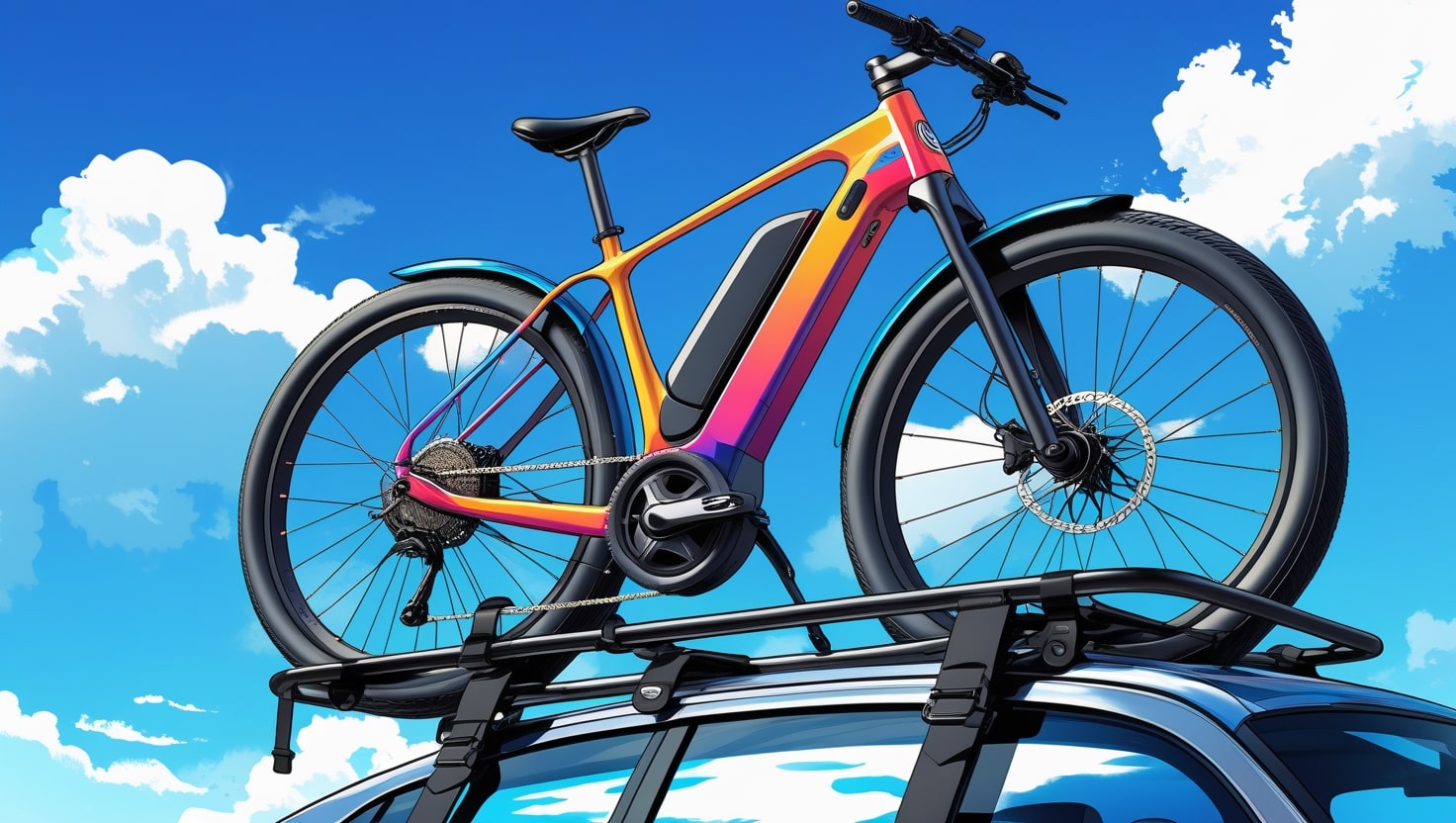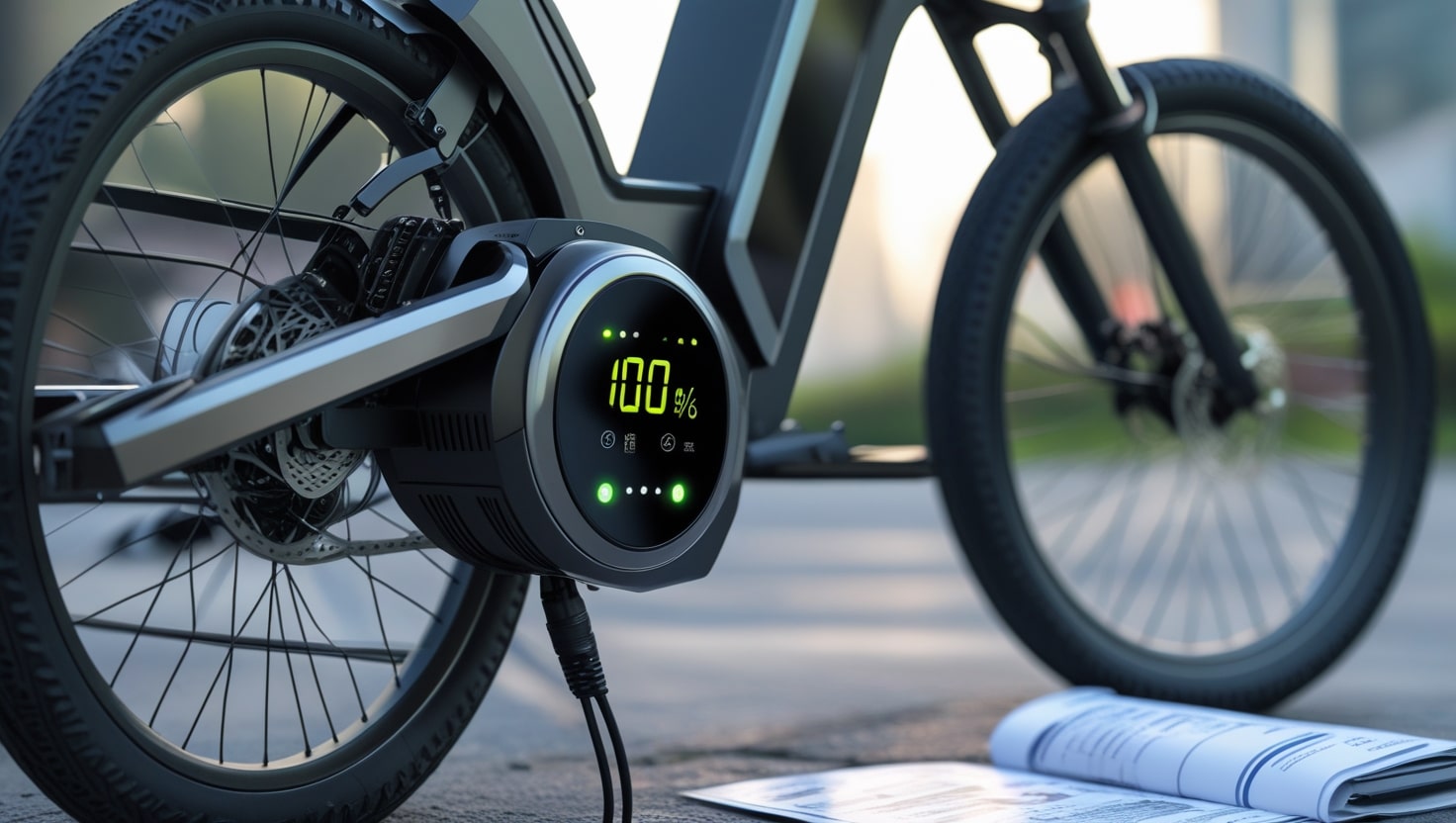When it comes to Utah ebike laws, the state treats E-bikes much like a traditional pedal bike, emphasizing their reliance on human power with an assisting motor. In Utah, there are three classes of E-bikes, each designed to meet specific regulations. These classes are limited to a 750W (1 Horsepower) motor, with a maximum assisted speed of 20mph or 28mph, depending on the class.
One unique feature of Utah ebike laws is their flexibility in recognizing local county rules and area-specific regulations for electric bike use on paths and trails. While many states have adopted similar systems, Utah allows slight variations based on local needs. If you’re navigating local paths, it’s essential to reference the specific laws in your area. This breakdown of rules makes it easier for riders to stay compliant while enjoying the freedom and convenience of E-bikes throughout Utah.
Utah eBike Laws for the Road
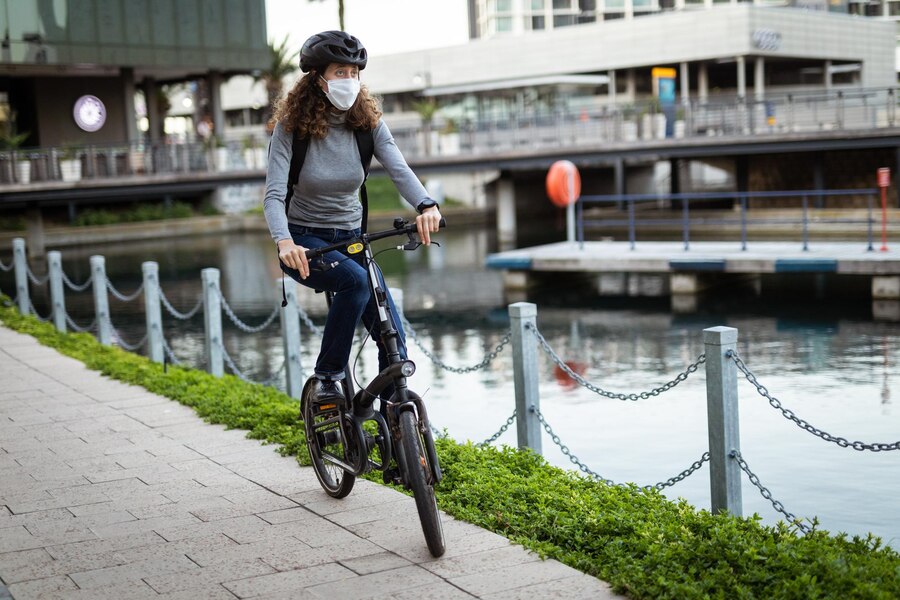
- E-bikes in Utah are treated like regular bicycles, with similar rules for the road applying to both electric and human-powered models.
- These bikes are not subject to registration, licensing, or insurance requirements like motor vehicles, making them accessible to many riders.
- Utah designates three classes of E-bikes, which are categorized by motor size, max assisted speed, and whether they use throttle-assist.
- Riders should know that while E-bikes are allowed on bike paths, they are not allowed on sidewalks, ensuring safe spaces for pedestrians and riders alike.
Utah eBike Laws for Trails
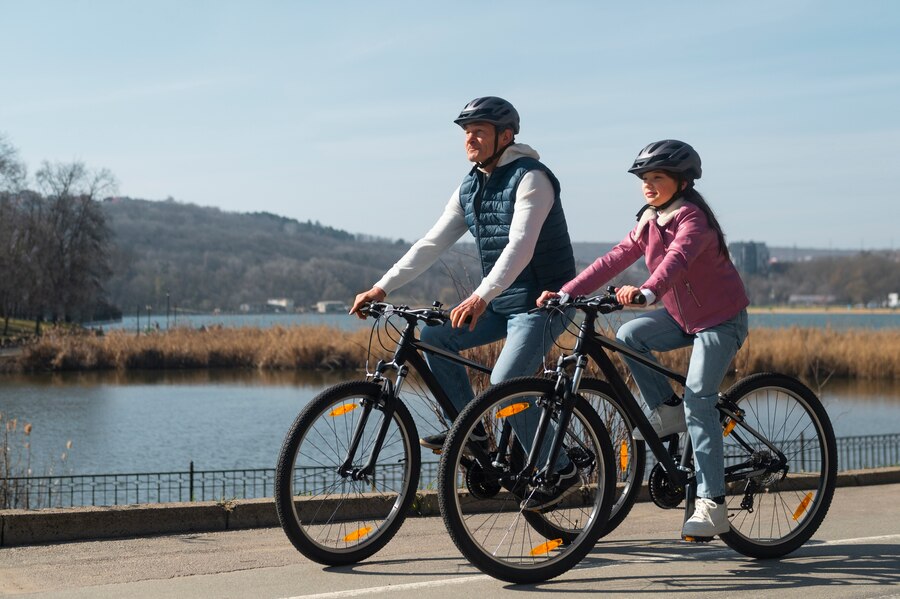
The rules for using e-bikes on mountain trails are unclear due to a lack of definitive regulations from local, state, and federal land authorities. Contact your local and state land management offices to express your support for allowing E-bikes on trails in Utah.
LOCAL: Riders should consult their local land management agency to understand trail access and rules specific to their area. These agencies can provide tailored guidance for safe and compliant riding.
STATE: Currently, Utah State Parks does not have a specific E-bike or eMTB policy. Riders are encouraged to contact the department at 801-538-RIDE for the most current and updated information regarding trail regulations in state-managed areas.
FEDERAL: On federal lands, eMTBs are treated as motorized vehicles, granting them access to designated motorized trails. For detailed guidelines, reach out to the U.S. Forest Service Intermountain Region (801-625-5605) or the BLM Utah State Office (801-539-4001) to ensure compliance with federal trail rules.
eMTB Guidelines
Motorized trails:
- E-bikes can be ridden in any area or trail where OHVs are allowed under current rules, ensuring riders have access to appropriate paths.
Non-motorized trails:
For trails restricted to bicycles and non-motorized travel, the BLM manager must provide written approval to allow their use, subject to applicable laws and regulations.
Like traditional bicycles, E-bikes are not allowed in designated wilderness areas or on some back-country trails, ensuring the preservation of these spaces.
Always ride your eMTB on local trails where the rules are clear. If you are unsure about trail access, check with your land manager to confirm legal status, as local laws change frequently.
Be a responsible trail user by showing kindness to others, pulling over when needed, and greeting others with a friendly Hello!
Navigating the Utah Ebike Laws: A Personal Journey
My first ride on an e-bike in Utah was unforgettable, with the wind in my hair as I cruised along the Corner Canyon trail. While the experience was thrilling, I faced some confusion about where E-bikes were actually allowed. Utah classifies E-bikes into three categories, offering unique options for different riders. Here’s how they work:
- Class 1 electric bike: Provides assistance only when the rider is pedaling and stops after the bike hits 20 mph.
- Class 2 electric bike: Operates with throttle assist and stops providing assistance at 20 mph, requiring pedaling to take over after that.
- Class 3 electric bike: Provides assistance during pedaling, stops at 28 mph, and includes a speedometer for precise monitoring.
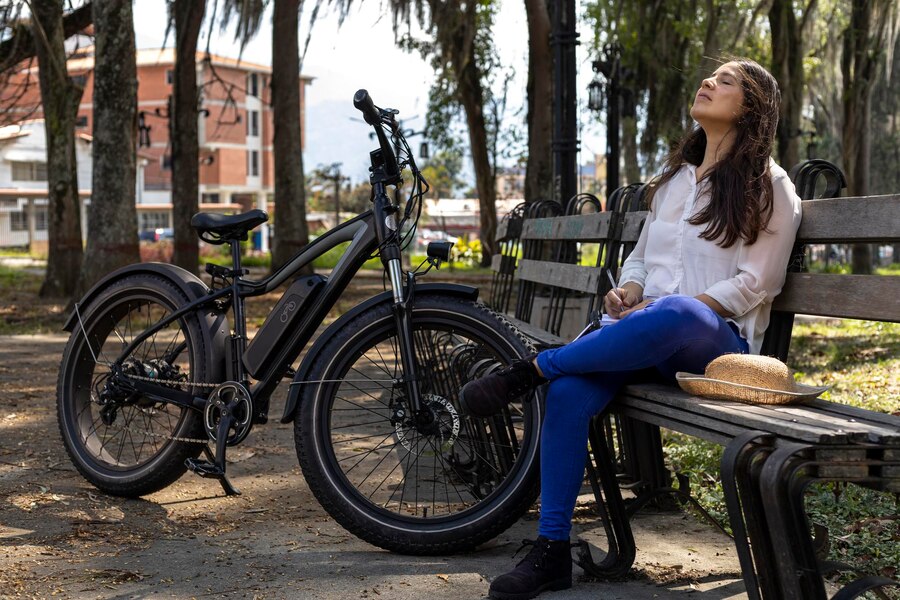
- Anyone under the age of 21 who wants to ride a Class 3 ebike must wear a helmet at all times to ensure safety.
- Riders 16 years or younger are not allowed to operate a Class 3 electric bike, reflecting stricter safety rules for younger individuals.
- If you’re 14 years old or younger, there’s no riding an e-bike with the motor assist engaged unless under the direct supervision of a parent or guardian.
- Children eight years old or younger may not operate an e-bike with the motor engaged outside private property, emphasizing the need for safety in public areas.
- Starting January 1st, 2017, all electric bikes sold or made in Utah must have a permanently affixed sticker indicating the class, top assist speed, and wattage of the bike’s motor.
Related: Breaking Down Alabama Ebike Laws
Update on New Utah Legislation
Utah recently passes the nation’s first bill to define certain electric bikes as motor vehicles if they do not fit into the Class 1, Class 2, or Class 3 designation. Under this new legislation, e-bikes legally considered motor vehicles must meet stricter requirements.
The law, which amends §41-6a-102 and includes chapters 219 and 532, now requires that all e-bikes have fully operable pedals and permanently affixed cranks, as installed during their original manufacture. Your bike must also align with one of the three classes listed, ensuring clear categorization for riders and authorities alike.
The updated criteria for classifying a bike as a motor vehicle now includes any two- or three-wheeled vehicle designed, and constructed by the manufacturer or seller to have specific features or capabilities. What the market is or is intended to be:
- E-bikes with the ability to attain speeds of 20 miles per hour or greater using motor power alone now fall under stricter classifications.
- Vehicles equipped with a continuous rated motor power of 750 watts or greater are also included in the new criteria.
- If a bike comes with foot pegs for the operator at the time of manufacture, it may qualify as a motor vehicle.
- Bikes that require the installation of a pedal kit to have operable pedals must also meet the updated standards.
- Models with multiple operating modes and a throttle, where one or more modes can exceed 20 miles per hour on motor power alone, are now classified as motor vehicles.
The revised law was introduced to clearly differentiate between electric bikes and electric motorcycles.
Where Can I Ride My Electric Bike?
Utah’s diverse landscapes make it an amazing place for e-bike enthusiasts. Whether you’re exploring the red rocks of Moab or cruising the urban trails in Salt Lake City, it’s a cyclist’s paradise. However, understanding where you can ride is crucial since not all paths are open to e-bikes. Some areas, like singletrack trails and sidewalks, have specific restrictions to ensure the safety of all users. Here’s how to navigate these regulations:
Bike Lanes and Roads: These are the perfect places to enjoy the freedom of your e-bike. Feel the breeze as you cruise along, but always stay mindful of local traffic.
Sidewalks: A definite no-go for e-bikes, as safety for pedestrians comes first.
Singletrack Trails: Things get tricky here. While some trails welcome e-bikes, others are reserved strictly for non-motorized fun, so it’s essential to check the rules before you ride.
Utah State Parks permit electric bikes on non-motorized trails that are specifically open for bikes. To ensure compliance, it’s best to contact them directly for more information about the rules in these areas.
On federal lands, eMTBs are classified as motorized vehicles and are granted access to motorized trails. However, there are differences in the regulations set by the BLM and USFS, so checking the state-specific list is highly recommended to avoid any confusion.
Related: Illinois Ebike Laws Exposed in 2025
E-Bike Etiquette: Sharing the Trail
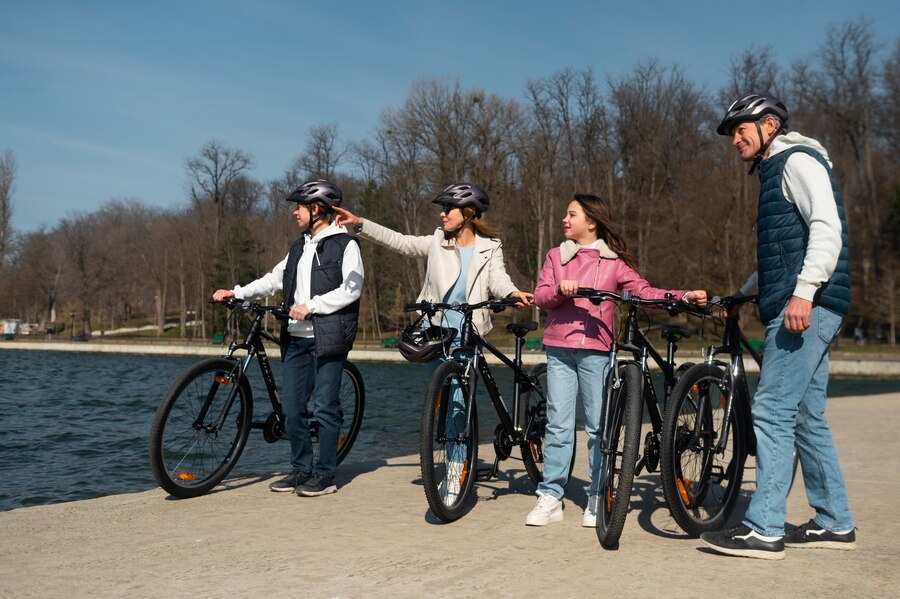
Riding an e-bike has taught me valuable lessons about respecting others on the road or trail. Here are some tips to help everyone enjoy the ride together:
Pass with Care: Always alert others before overtaking to ensure safety. A friendly “On your left!” This can greatly enhance the trail experience by promoting positivity and harmony.
Speed Check: Just because you can zoom doesn’t mean you should. Adjust your speed to match the trail conditions and the crowd for everyone’s safety.
Be a Good E-Ambassador: Every time you ride, you’re representing the cycling community. Make a positive impression by being courteous to others, even if some pedaling peers aren’t too keen on ebikes. Stay chill, build connections, and make new trail friends!
Do You Need a License to Drive An Electric Bike?
The great thing about riding an electric bike or e-bike in Utah is that it’s treated just like a bicycle. This means you don’t need a license, registration, or insurance to enjoy the ride. It’s truly liberating to know you can simply hop on and go without worrying about paperwork or extra costs.
Keeping Your E-Bike Street Legal
To ensure your electric bike stays street legal in Utah, it’s important to follow class-specific speed limits and respect the rules of the road. Just like traditional cyclists, blending into traffic and riding responsibly helps create harmony with other road and trail users. Maintaining coexistence is key, so always be mindful of your surroundings and courteous to others while riding.
Related: Montana Ebike Laws Simplified
Utah’s Singletrack Sensation
The thrill of mountain biking in Utah is unmatched, especially on its epic singletrack trails. However, navigating the rules for e-bike access can feel like a maze. My best advice? Do your homework ahead of time. Check which classes of e-bikes are allowed and reach out to local trail authorities or biking groups for the latest information.
Concluding Thoughts
Embracing e-biking has truly been a revolution in how we commute, explore, and enjoy the outdoors. The freedom it brings is unmatched, but it also comes with a responsibility to ride wisely, respect the laws, and consider the safety and enjoyment of others. In Utah, electric bike laws are carefully designed to integrate this mode of transportation into everyday lives seamlessly, ensuring both fun and safety for all riders.
Being aware and following proper e-bike etiquette helps keep e-bikes a valuable part of Utah’s vibrant outdoor culture.
Related: Wisconsin Ebike Laws

